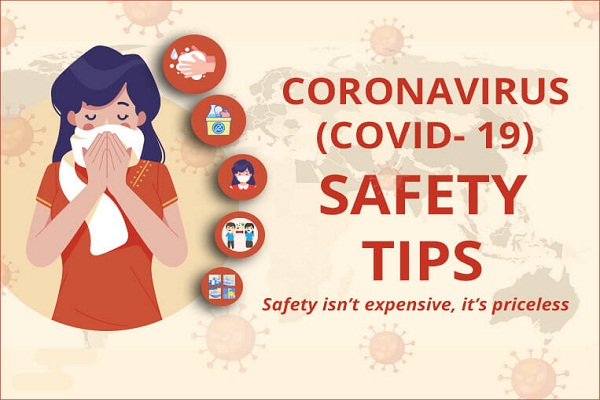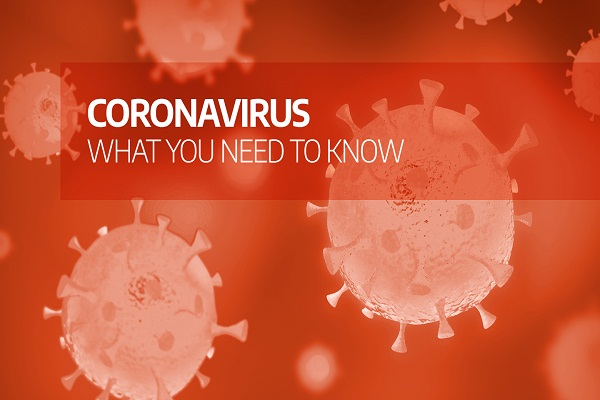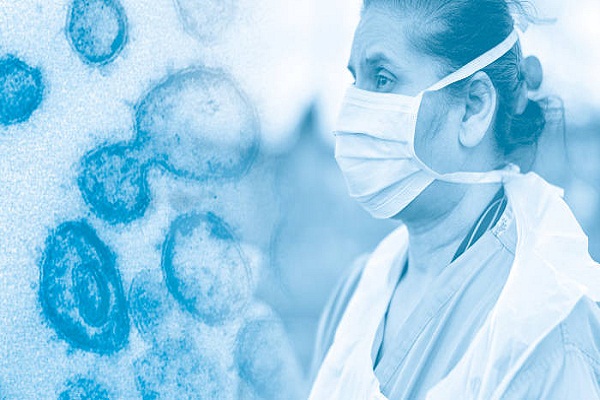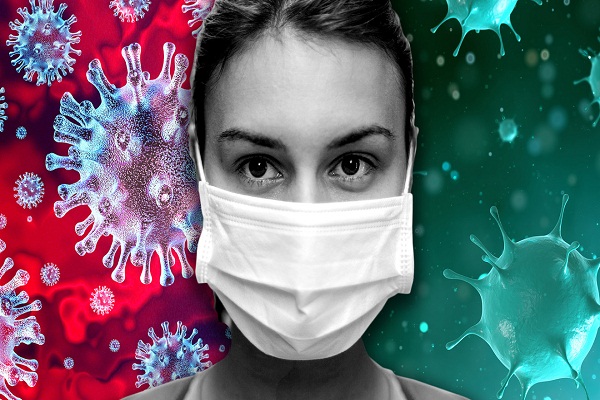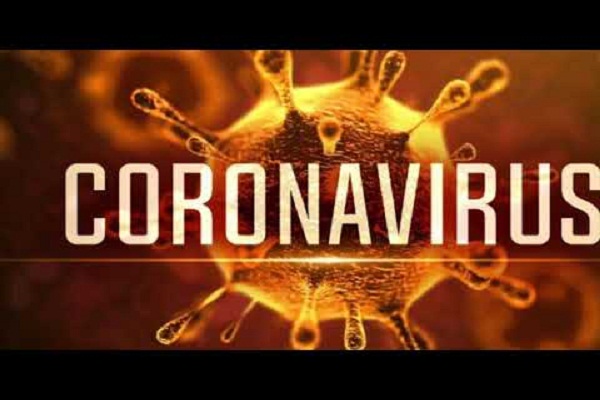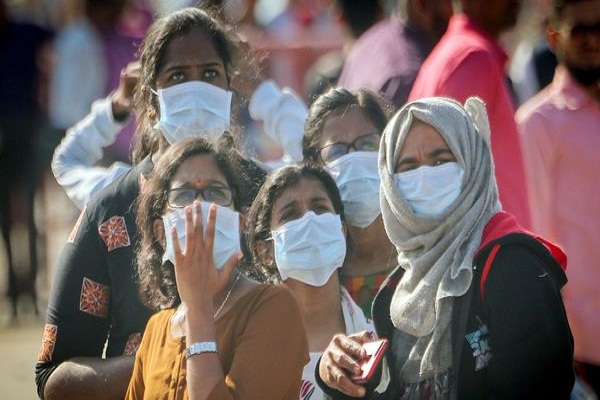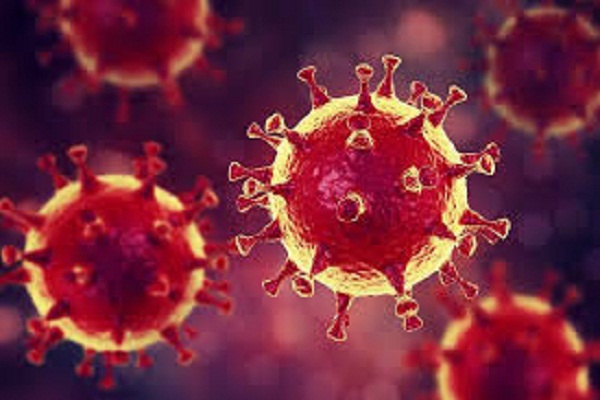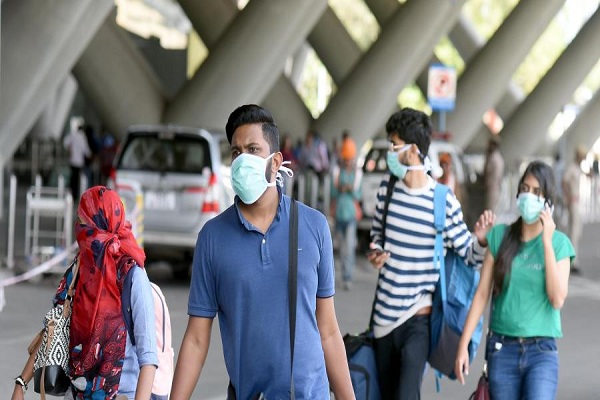
What is a malignant tumour?
Cancer is not just one disease but a combination of diseases. There are many types of cancer. If your doctor says you have a malignant tumour, you may be wondering what that is and what to do next.

In general, tumours are divided into three groups:

- Benign: These are not cancerous and they cannot spread. A benign tumour will remain in its current form. They do not generally return after being removed.
- Premalignant: A premalignant tumour is not yet cancerous but appears to be developing the properties of cancer.
- Malignant: Malignant tumours are cancerous. They can grow, spread, and get worse.
Cancer can occur anywhere in the body
In short, the meaning of malignant is cancerous. The word malignant comes from the Latin combination of “mal” meaning “bad” and “nascor” meaning “to be born”. Malignant literally means “born to be bad.”
Malignant tumour is made of cancer cells and it can invade nearby tissues. Some cancer cells can move into the bloodstream or lymph nodes, where they can spread to other tissues within the body—this is called metastasis.
Cancer can occur anywhere in the body including the breast, intestines, lungs, reproductive organs, blood, and skin.
After being diagnosed with a malignant tumour, the oncologist (cancer doctor) will devise a treatment plan with you based on the stage of cancer.
Biopsies can detect stage of cancer
Early-stage cancers haven’t spread much, if at all, whereas late-stage cancers have spread to more areas of the body. Determining the stage of cancer may require biopsies, surgery, and/or imaging tests. Once the cancer stage is determined, one can proceed with therapy.
Also read: New technique to detect early-stage cancer tumour cells
Depending on the type and stage of cancer as well as the overall health of the patient, the treatment is highly variable.
Treatment
The common treatments given are surgery, radiation, and chemotherapy. Other treatments include advanced therapies namely targeted/biological therapies, hematopoietic stem cell transplants, angiogenesis inhibitors.
Prevention is better than cure
Prevention through a healthy lifestyle is the best way to stop cancer, until a cure can be found.
Some ways to help protect yourself from cancer include eating plenty of fruits and vegetables, maintaining a healthy weight, abstaining from tobacco, drinking only in moderation, exercising, avoiding sun damage, getting immunisations, and getting regular health screenings.
Being diagnosed with a tumour can be an anxiety-ridden experience. And remember, the earlier that you or your doctor detects a lump, the more likely the tumour is treatable. So if you notice something unusual on your body, don’t wait to tell your doctor.
(Writer is Dr Ganapathi Bhat, Consultant Medical Oncology, Jaslok Hospital and Research Centre. Views expressed are a personal opinion.)
Be a part of Elets Collaborative Initiatives. Join Us for Upcoming Events and explore business opportunities. Like us on Facebook , connect with us on LinkedIn and follow us on Twitter , Instagram.
"Exciting news! Elets technomedia is now on WhatsApp Channels Subscribe today by clicking the link and stay updated with the latest insights!" Click here!








